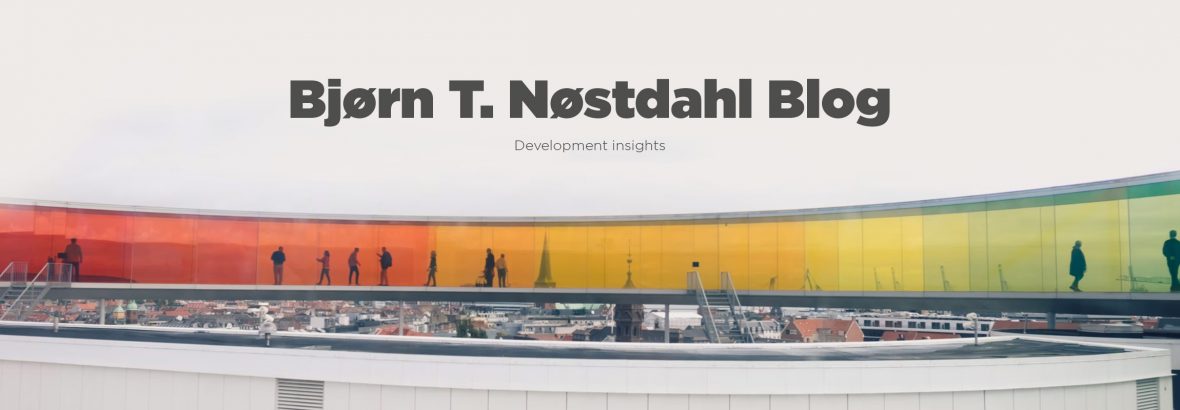The news about wildfire raging in Red Forest reminded me of my visit to Chernobyl this February – and of even more distant past when I first learned about this place.
https://www.atlasobscura.com/articles/chernobyl-fire-2018
https://www.vg.no/nyheter/utenriks/i/1kGA1B/skogbrann-herjer-i-tsjernobyl

I was eleven then. The news about the disaster was shocking. It got etched in my memory forever. Together with the first disgraceful truth that I learned about communism. For several weeks, people in the Soviet Union were unaware of the accident, which led to thousands of needless untimely deaths. And who knows if they would have learned at all if the radioactive cloud hadn’t crossed the borders of the USSR. It was an unforgivable lie.

And the lie permeated the communist regime through. I learned even more about it a year later, during my visit to Bulgaria. The country belonged to the Soviet bloc then. There, for the first time, we violated the law by participating in illegal currency exchange – well, there actually were no other options, as the regime exchange rates were half than we could achieve on the black market. Communism forces people to lie and makes the crime the only way to survive: it is much easier to rule the people who feel insecure, scared, and guilty.

“Divide and conquer” – that’s another motto of this regime. The Iron Curtain, which separated the countries of the Soviet bloc from the rest of the world, created myths. It stressed and exaggerated differences. For decades, people of the Soviet Union were limited in their contacts with the rest of the world. Neither Europeans were welcomed in the USSR. We also could learn about many things only from the newspaper.

That’s why when, during my visit to Kyiv this winter, I was proposed to visit Chernobyl zone, I agreed, of course. The visit started like any other work-related trip. Meetings all day with our partner Trembit in Kiev. Trembit works with large organizations as well as startups utilizing Agile methodologies to deliver full-featured functionality. Trembit has been a partner for us in Node-RED for quite some time, and you will find many of our projects here on this blog.

After thirty years, the place still reminds the desert. Very few people live here. Dilapidated houses, derelict yards… looters stalking in the search of pickings. It’s a post-apocalyptic world in the miniature.

Though, very slowly, Chernobyl is coming back to life. The nature revives. Wild animals here have forgotten about danger and aren’t afraid of humans at all. You can see a fox or even a deer crossing the street in a broad daylight.

And when I recollect my visit to Chernobyl and my childhood memories, the question arises in my mind again and again: can we totally prevent such disasters in the future? I believe the only way to it is by joining forces to spread and strengthen European democratic values – openness, collaboration, and freedom of voice all around Europe and around the globe.

I have worked in Bulgaria, Serbia, Ukraine, Romania, Russia, and Poland – most countries of Eastern Europe. People are the same everywhere. Of course, post-communist echo can sometimes still be heard in the countries of the former Soviet camp. But there is a great potential for cooperation. Western and Eastern Europe working together is our only chance to build the society in which Chernobyl will never repeat.
